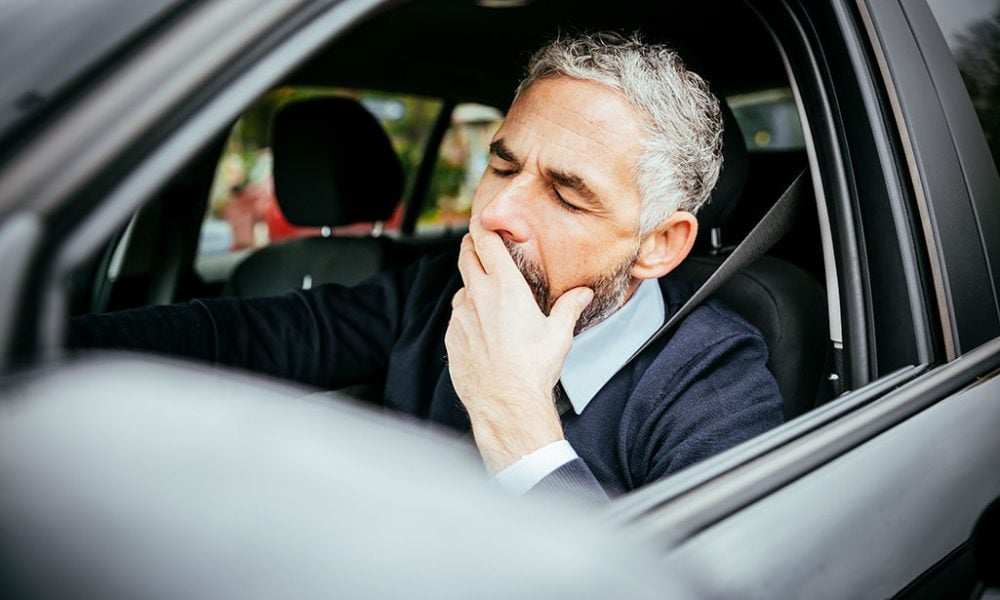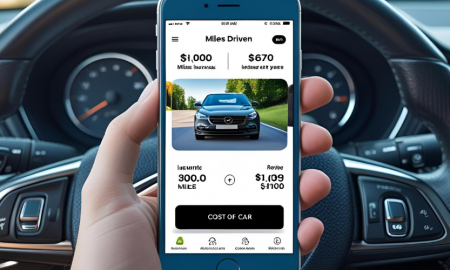
Why Drowsy Driving Is Just as Dangerous as Drunk Driving

Drowsy driving poses a serious risk to road safety, yet many underestimate its dangers compared to drunk driving. The National Sleep Foundation (NSF) highlights that while nearly 70% of adults avoid driving after drinking, only 40% take precautions when sleep-deprived. This stark contrast underscores a dangerous misconception that driving while tired is less risky than driving under the influence.
The Overlooked Danger of Drowsy Driving
Driving while drowsy impairs reaction time, decision-making, and attention, making it comparable to drunk driving. Studies reveal that staying awake for 18 hours is equivalent to a blood alcohol content (BAC) of 0.05%. After 24 hours, it’s comparable to a BAC of 0.10%—above the legal limit. This level of impairment can lead to fatal crashes, putting drivers, passengers, and others on the road in harm’s way.
Alarming Statistics on Drowsy Driving
According to the AAA Foundation for Traffic Safety, drowsy driving accounts for 20% of fatal crashes and 10% of those resulting in hospitalization. Despite these alarming numbers, only half of surveyed adults reported delaying plans to avoid driving while tired. By comparison, nearly 90% take precautions after drinking. These statistics emphasize the need for greater awareness about the risks of drowsy driving.
Why People Ignore the Risks of Drowsy Driving
A common belief that being tired is manageable behind the wheel contributes to risky behaviors. Unlike alcohol consumption, which carries a stigma when combined with driving, drowsiness is often dismissed as a minor inconvenience. People may feel pressure to meet deadlines, keep appointments, or simply believe they can power through fatigue. These misconceptions can have deadly consequences.
Recognizing the Warning Signs
Understanding the signs of drowsiness can prevent accidents. Frequent blinking, heavy eyelids, difficulty maintaining lane position, and frequent yawning are key indicators. Ignoring these signals increases the likelihood of a crash. Pulling over for a break or finding alternative transportation can save lives. Being proactive about fatigue is as essential as avoiding driving under the influence of alcohol.
How to Prevent Drowsy Driving
The NSF recommends practical steps to stay safe on the road. Getting seven to nine hours of sleep is essential for maintaining alertness. For long trips, traveling with a companion who can share driving responsibilities is invaluable. Scheduling regular breaks every two hours or 100 miles can also help combat fatigue. Awareness of these strategies can reduce the risk of drowsy driving-related accidents.

Andrea Piacquadio | Pexels | Getting seven to nine hours of sleep is essential for maintaining alertness.
Public Perception vs. Reality
Despite evidence that drowsy driving is as hazardous as drunk driving, it often doesn’t carry the same weight in public perception. Polls indicate that more people discourage others from driving drunk than from driving while tired. Shifting this mindset is crucial. Public education campaigns and observances like Drowsy Driving Prevention Week aim to highlight the severity of this issue and encourage responsible behaviors.
Beyond statistics, drowsy driving takes a significant emotional and economic toll. Families suffer the loss of loved ones, while survivors may face life-altering injuries. The economic costs include medical expenses, property damage, and lost productivity. Addressing drowsy driving through better awareness, stricter regulations, and personal responsibility can prevent these devastating outcomes.
More inDriving
-
`
Adults in Ohio Face Stricter Rules to Obtain Driver’s License
Ohio has passed a new law that will change the way adults under 21 get their driver’s licenses. Signed into law...
July 31, 2025 -
`
Gen Z Craves Career Guidance, But Their Parents Are Struggling Too
Gen Z is stepping into the future with curiosity and ambition—but they’re not doing it alone. A growing number of teens...
July 25, 2025 -
`
Do Car Insurance Companies Offer Pay-As-You-Go Plans?
Car insurance premiums often feel unfair to people who rarely drive. Yet, most traditional auto policies still charge a fixed monthly...
July 17, 2025 -
`
Why the Koenigsegg Sadair Spear Is the Ultimate Hypercar Beast
Koenigsegg has revealed a new beast—the Sadair’s Spear. Tuning its focus on raw performance and brutal speed, this hypercar marks the...
July 11, 2025 -
`
Which States Have the Safest—and Riskiest—Drivers in America?
Driving safety isn’t just about skill. It’s also about location. A recent nationwide report shines a spotlight on where drivers are...
July 4, 2025 -
`
How to Save on Tesla Car Insurance Without Compromising Coverage
Owning a Tesla often brings savings on fuel and a futuristic driving experience, but the conversation changes quickly when it comes...
June 26, 2025 -
`
10 Weird Cars That Turned Heads and Won Hearts
Some cars turn heads with speed, others with luxury—but a rare few grab your attention simply by being delightfully strange. From...
June 20, 2025 -
`
Next-Gen Jeep Cherokee Expected to Arrive by Late 2025
After a break of two years, Jeep is prepared to relaunch the Cherokee brand. The automaker confirmed the return with fresh...
June 12, 2025 -
`
9 Tips to Make Night Driving Safer and Less Frightening
Once the sun dips below the horizon, driving becomes more than just a commute—it becomes a challenge. Limited visibility, harsh glares,...
June 6, 2025
















You must be logged in to post a comment Login